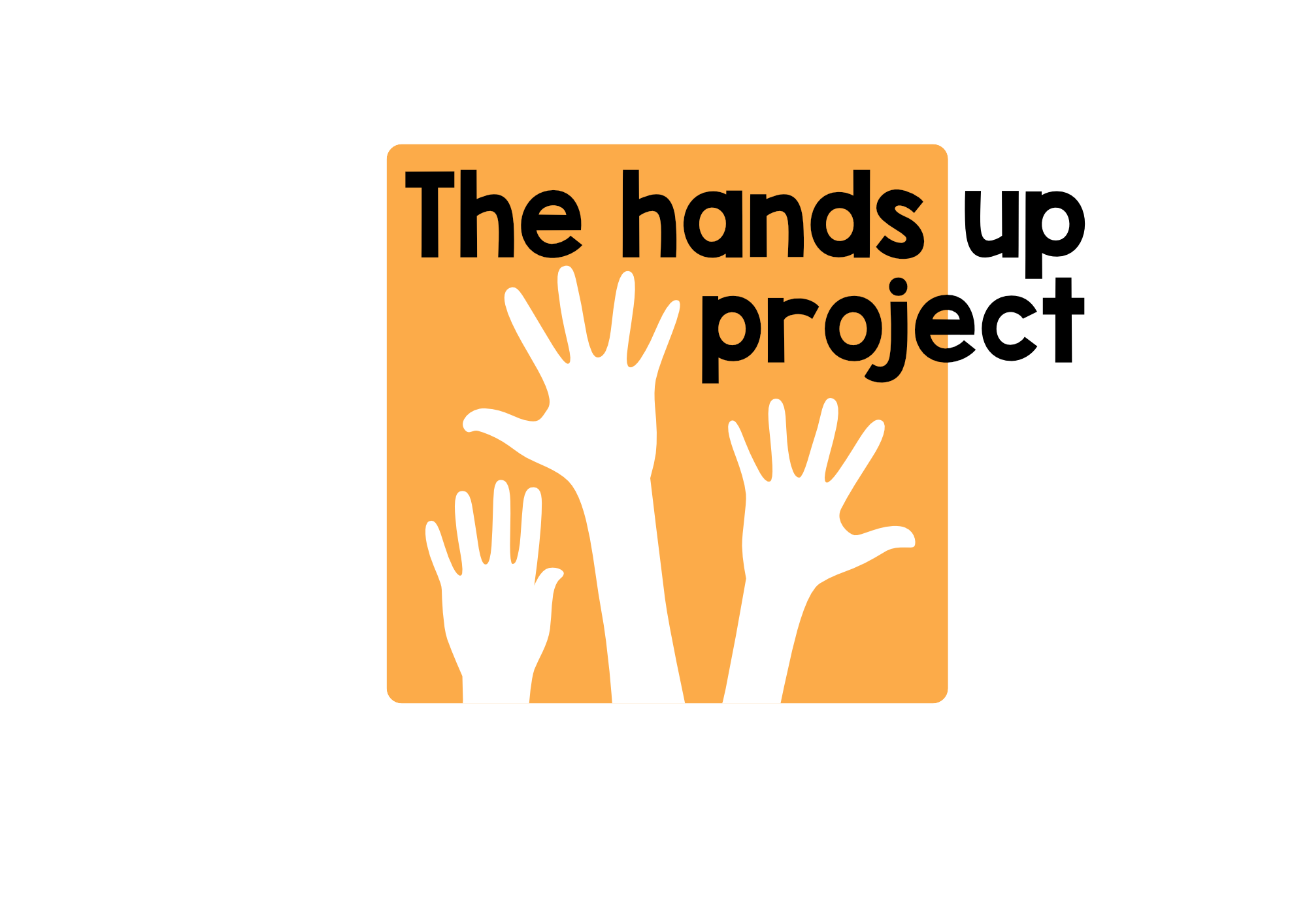Send in the clowns
A few weeks ago I was one of the speakers at the IATEFL Pre-conference event organised collaboratively by the C Group and the Global issues special interest group. Towards the end of the day we were given a talk by Julie Pratten about her project Heart ELT which has set up a school in a refugee camp in Iraq. At the beginning Julie gave us all a blank postcard and told us that we would be doing something with it later. As she approached the end of her talk she asked us to use the postcard to write a message to the children in the camp.
I looked down at the postcard in my hand and noticed to my surprise that while I was focussing on what Julie was saying, I had absentmindedly rolled the postcard up into a scroll. I immediately felt guilty and a bit panicky because I'd done something a bit silly. But maybe there was a way that I could use this scrolled up postcard as a message for the children after all? Without really thinking where this might be leading. I wrote 'What's inside?' on the outside of the scroll. I then unravelled it a bit and wrote 'An animal' and then 'A cat or a dog? ' before finally writing 'A cog' and drawing a picture of an animal that was a mixture of a cat and a dog. I realised that out of my mistake I'd created a sort of very simple book and I thought this might actually be quite a motivating thing for the kids to receive. It might also serve as a model for them to create their own mixed vocabulary scrolls.
Afterwards I started wondering whether this might be a good activity to try out in my online sessions with children in Gaza. I liked the fact that there was something very creative about it and that it pushed learners to think about the meaning of two vocabulary items at the same time. I also thought it might be a motivating way of practising some simple areas of language (It's got a cat's ears but it's got a dog's tail etc) When I got back from IATEFL I tried it out with the first class I had. Here's what happened.
Like many of the things I do in these sessions, this activity would probably work better in a face to face context where the teacher could go around the class and talk to the kids about what they have drawn, or monitor conversations that they were having between themselves.
If you do try it out in your classes, I'd be very interested in hearing about how it went. As a teacher there's something that really appeals to me about this activity and I think there are interesting ways in which it could be developed. For instance how would it work if children tried to draw an animal which had features of lots of different animals not just two?
With my teacher trainer hat on, this whole process has also got me thinking about the extent to which innovative ideas for the classroom emerge, not out of meticulous planning, but rather out of mistakes and problems which arise spontaneously in class. And yet this ability to work creatively with what is actually going on, is something that is rarely emphasised on teacher training courses.
Stand up comedians and theatrical clowns regularly work in this way, often building a whole routine out of something that spontaneously happens when they are on stage. Interestingly, these can be the moments which draw us in, and make us feel involved when we are watching, which of course is what we want to happen to the learners in our classes. Perhaps learners are more engaged in our classes when we are thinking on our feet, rather than sticking slavishly to the plan? Perhaps being a clown is a useful metaphor for being a teacher? What do you think?
